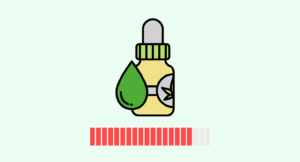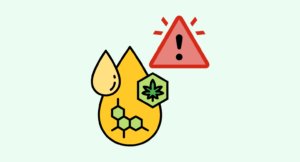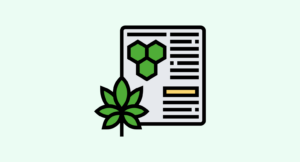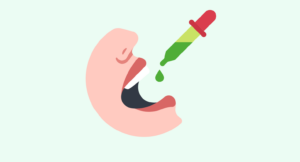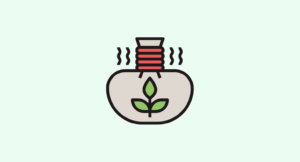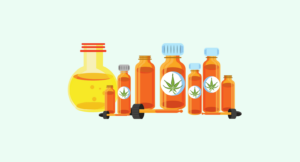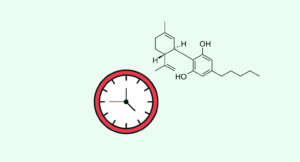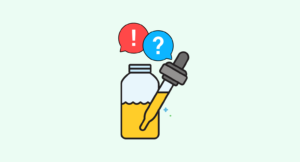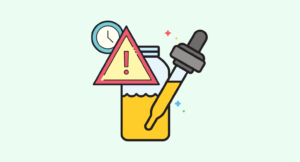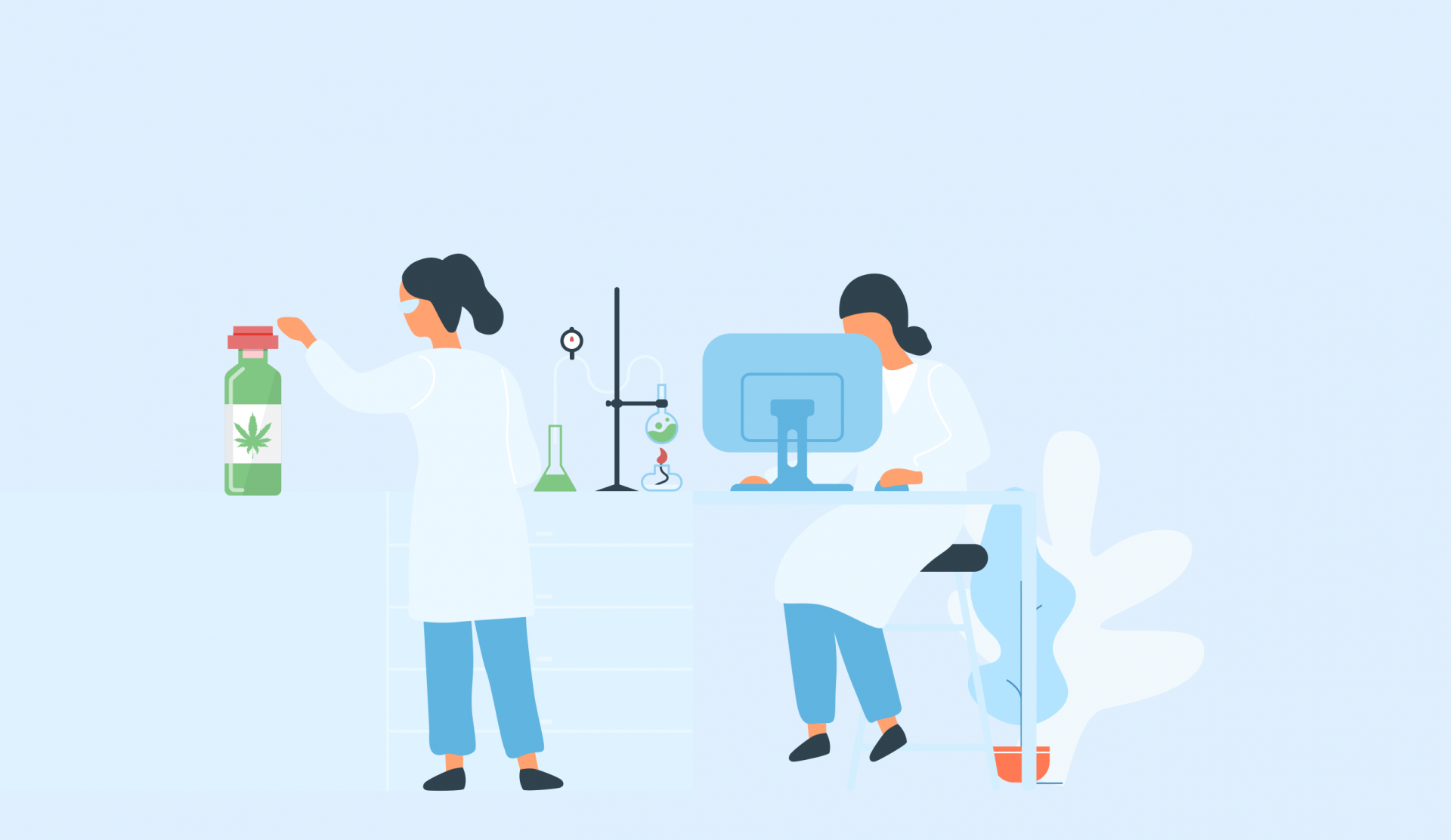
Evidence based
How CBD Third-Party Testing Works & Why It’s Important
Third-party testing for CBD products exists to prove that what the company is advertising is true.
The CBD industry is highly unregulated — resulting in unethical CBD manufacturers artificially inflating or lying about the CBD content in their products. Other companies are even selling products that may have been contaminated with heavy metals, pesticides, or other harmful ingredients.
Finding quality CBD products is a bit of a challenge for even the most informed customers.
This is where third-party testing comes in.
A reputable CBD manufacturer will send a sample of their product to a separate testing company. This company will run its own tests and provide the results.
This practice increases the trust of a CBD manufacturer because it’s less likely that a third-party company would lie on their lab tests. Many of these companies are highly regarded in the industry and have a reputation to uphold by providing consistent, accurate testing.
In this article, we’ll discuss how third-party testing works, what it typically tests for, and discuss some of the advantages and disadvantages of the practice.
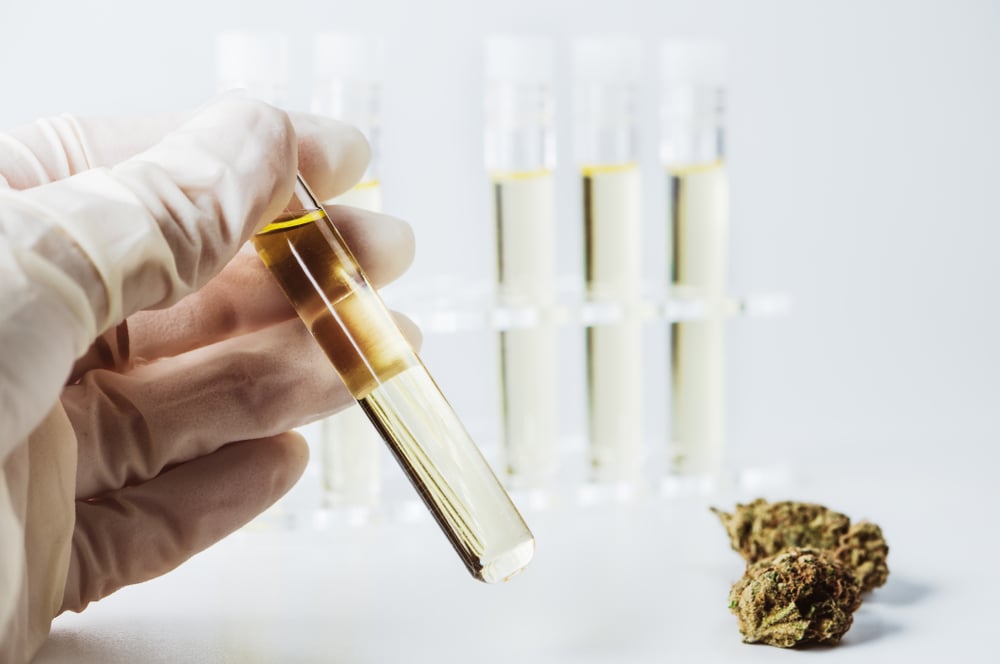
The Importance of Independent (Third-Party) Lab Testing
The entire purpose of third-party or independent lab testing is to provide an unbiased analysis of CBD products. These tests are used to indicate the quality, purity, and potency of a CBD sample.
Third-party testing is critical in today’s market.
The entire CBD space remains highly unregulated these days — which makes it easy for companies to lie about the quality or potency of their products. Some companies are doing it to shave dollars off their bottom line by sourcing low-quality (even contaminated) hemp. Other companies are exaggerating their cannabinoid profiles to increase sales.
It can be difficult to tell the difference between companies with strong integrity and good product from snake oils.
Any good manufacturer knows that an industry full of scammers and false advertising is not going to help them in the long term. If allowed to persist, governments may decide to step in and make processes substantially harder for them down the road.
This is why many manufacturers pay out of their own pockets to have their products tested fairly by an independent lab. These companies will display the lab results for each batch to publicly show that what they advertise on the bottle is what you’re really getting.
This is a strong indicator of integrity. Companies that don’t keep up with getting their products tested won’t get into any trouble with regulators, but it isn’t a good indicator of strong corporate integrity.
This leaves us wondering — “what do they have to hide?”
The bottom line is that if you can’t find third-party lab tests public on a company website — move on to another company.
What do Third-Party Testing Companies Test For?
There are a number of different things a third-party lab can test for. Each test needs to be run individually and will have different costs.
Here are the most common tests run by third-party laboratories on CBD products:
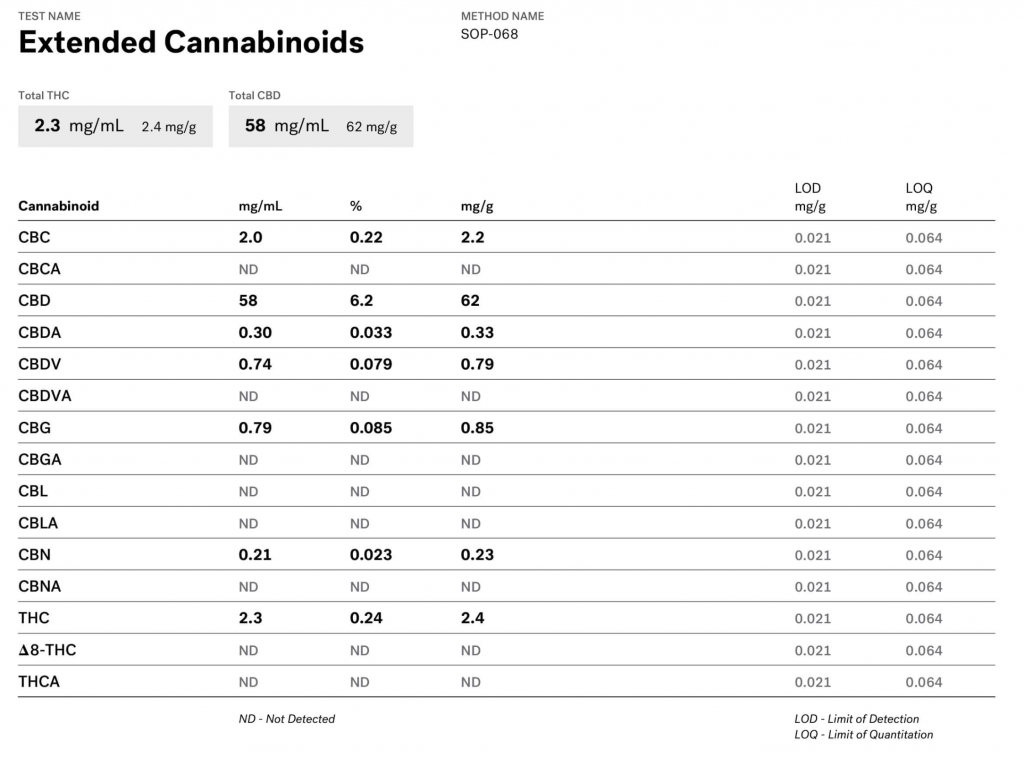
1. Cannabinoid Profiles
The most common test run by a third-party lab is to test for the cannabinoid profiles.
Using specialized testing techniques like high-performance liquid chromatography (HPLC), the concentration of cannabinoids, including CBD, THC, CBC, CBG, CBN, CBL, CBDV, and others can be quantified. This is used to confirm that the amount of CBD listed on the bottle is accurate.
The cannabinoid profiles are also important to verify the THC content is as advertised. If THC levels are too high, the product can become psychoactive.
This is undesirable and can be dangerous if the buyer doesn’t expect to get high from their CBD products. This can result in a large fine, or jail time if the user is caught driving or operating machinery while under the psychoactive influence of THC — even if it was unintentional.
Related: The 10 Strongest CBD Oils You Can Buy.
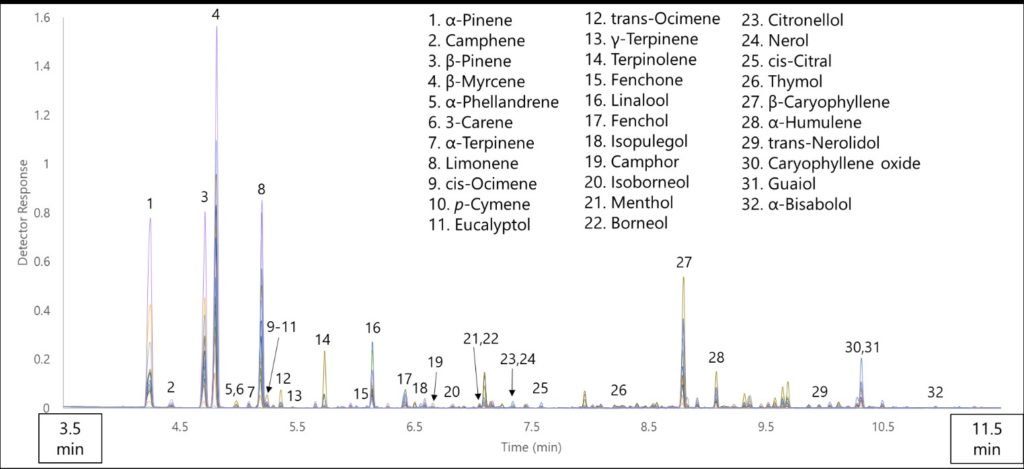
2. Terpene Profiles
Terpenes are small, volatile compounds abundant in the plant world. These compounds are responsible for the characteristic smell of the cannabis plant, as well as plenty of other plants including lemons, oranges, roses, tea tree, and pine trees.
Many therapeutic benefits of the cannabis plant rely on the terpenes in the plant. Some improve the absorption of other cannabinoids like CBD, while others offer their own therapeutic benefits towards the muscle relaxant, sedative, stimulating, or anti-nausea effects of CBD products.
Terpenes will generally only show up in CBD products made from full-spectrum extracts since they need to be removed during the manufacturing process for CBD isolates.
Therefore, only companies selling CBD products made from full-spectrum extracts will get the terpene content tested by third-party labs. Even among these companies, it’s rare to test for terpenes.
List of common terpenes in the cannabis plant
- Bisabolol
- Borneol
- Camphene
- Caryophillene
- Citral
- Delta-3-carene
- Eucalyptol
- Geraniol
- Humulene
- Limonene
- Linalool
- Myrcene
- Nerolidol
- Ocimene
- Pinene
- Sabinene
- Terpineol
- Terpinolene
- Valencine
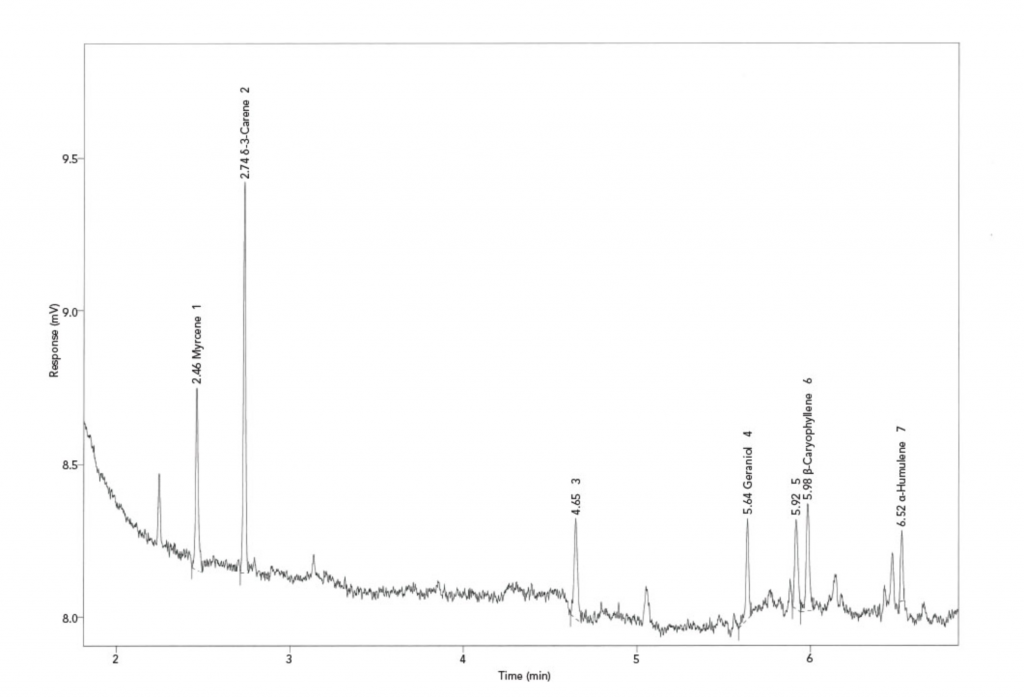
3. Heavy Metals
Cannabis is a bioaccumulator — meaning that it has the ability to pull nutrients out of the soil and concentrate them in its stems and leaves.
Unfortunately, this means it also concentrates harmful compounds from the soil such as heavy metals. If consumed, these compounds can cause inflammation and destruction to cell structures in the body and should be avoided at all costs.
As soil contamination becomes more common, it’s very important to be wary of heavy metal contamination in plant-based nutritional supplements — especially from bio-accumulators such as cannabis.
Most testing facilities will look for the presence of the following heavy metals:
- Arsenic
- Lead
- Mercury
- Cadmium
4. Organic Solvents
Organic solvent testing is becoming less popular these days because most CBD manufacturers are no longer using solvents to extract the cannabinoids from the hemp plant.
Newer technologies like supercritical CO2 is much safer than solvent-based extractions because it doesn’t require the use of toxic solvents to achieve an efficient extraction.
Nevertheless, many third-party labs will test for the presence of organic solvents just to make sure the products are free from these harmful compounds.
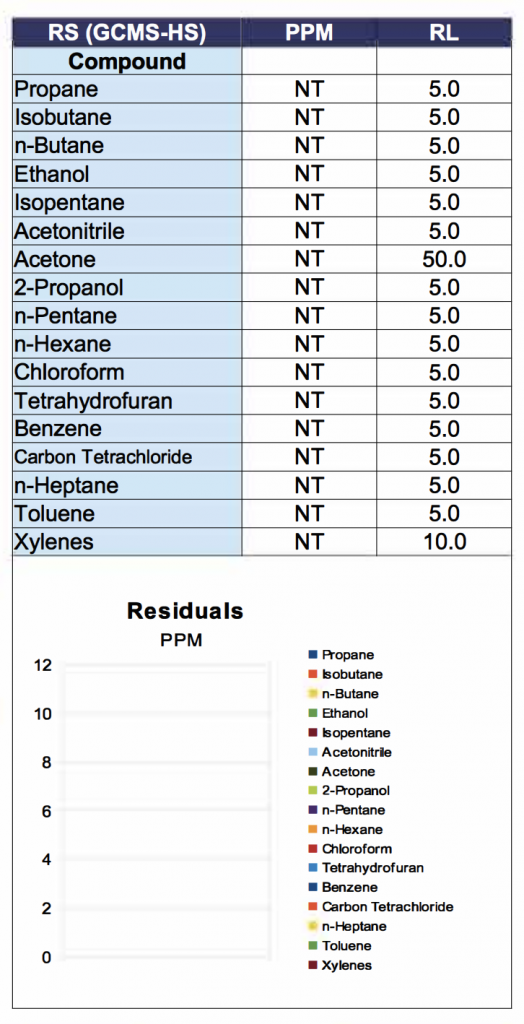
5. Biological Contaminants
The last item third-party labs will test for is biological contaminants.
This includes molds, fungi, parasites, and bacteria that may have infected the plant material. If contaminated hemp goes through the extraction process it will contaminate the final product.
Biological contaminants can trigger allergic reactions, or cause direct harm to the end-user. It’s very important that all CBD products you consume are free from these contaminants.
How Does Third-Party Testing Work?
Testing CBD products can be done in several different ways and there are no official regulations defining how companies need to test these products.
With that said, the industry standard is HPLC (high-performance liquid chromatography) due to its cost-effectiveness and high accuracy.
1. HPLC Testing (High-Performance Liquid Chromatography)
HPLC is the standard method used to test the concentration of cannabinoids in the cannabis plant.
Here’s how it works;
A small sample is dissolved in a solvent (typically, ethanol).
Once dissolved, it’s put into a long, thin tube, and the pressure is increased. This causes all the individual compounds to separate according to their weight. Heavier molecules sink, while lighter compounds float.
At the end of the tube is a small exit hole for the compounds to exit and a UV light detector.
The density of the compounds leaving the tube is measured according to their density as measured by their ability to absorb UV light. THC and CBD have different densities, and will, therefore, leave the end of the tube at different times.
As different compounds leave the tube one by one, the quantities are measured.
By matching up the amount of each density leaving the tube with known densities of the different cannabinoids, we can get accurate concentrations of each.
2. PCR Testing (Polymerase Chain Reactions)
PCRs are a fast and inexpensive testing option primarily used to test for biological contamination.
This type of testing analyzes strands of DNA in a sample and matches it up with known DNA patterns of bacterial, fungal, and protozoal bacteria.
Depending on what species show up, and in what amounts, third-party labs can provide information on how contaminated a sample may be.
3. MS Testing (Mass Spectrometry)
Mass spectrometry is done by first ionizing a test sample. Once ionization is complete, the sample is passed through electromagnetic fields. This separates individual components and plots them on a graph. By comparing where each compound falls on a graph with the known masses, we can identify the individual compounds in the test sample.
MS testing is primarily used to identify the presence of heavy metal contaminants, but can also be used to identify cannabinoid profiles.
4. NMR Testing (Nuclear Magnetic Resonance Spectroscopy)
Samples are placed in a magnetic field and then bombarded with radio waves. Changes in the magnetic fields can be used to determine different compounds in each sample.
These tests are much faster than HPLC and require fewer solvents to work — making these tests significantly cheaper as well. Unfortunately, NMR isn’t nearly as accurate as HPLC.
How Much Does Third-Party Testing Cost?
Cannabis testing can vary significantly depending on the lab, the type of tests being applied, and how many tests are performed.
Most companies will charge around $50 per individual test on a sample.
For more comprehensive testing, involving multiple different types of tests, price bundles can range from $100 – $300.
The low cost of third-party testing is fairly reasonable for companies to use independent lab testing on each batch of product their selling.
Despite the cost-effectiveness of cannabis testing, a shocking number of companies choose to forgo this step.

Why You Should Only Purchase CBD From Companies That Provide Third-Party Test Results Publically
Third-party testing isn’t required from a company to sell its products. Yet, most of the best CBD manufacturers are having it done anyway. This is a great sign of the integrity of the company.
Anybody can buy cheap hemp oils and slap an attractive label on them. They can advertise whatever cannabinoid profiles they want. Nobody is going to follow up with these claims.
Unfortunately, this means there are a lot of trash CBD oils on the market. Companies are selling oils with minuscule CBD levels as “high potency”, or oils contaminated with molds, bacteria, pesticides, or heavy metals — which can actually be harmful to your health.
If a manufacturer does everything it can to create top-notch products, the only way to really prove this and separate themselves from unethical manufacturers is through independent lab testing.
These companies test for pesticides, solvents, cannabinoid profiles, terpene profiles, and heavy metal contamination.
In an industry where CBD remains so unregulated — we highly recommend you only buy from companies that are actively testing their products by unaffiliated labs.




